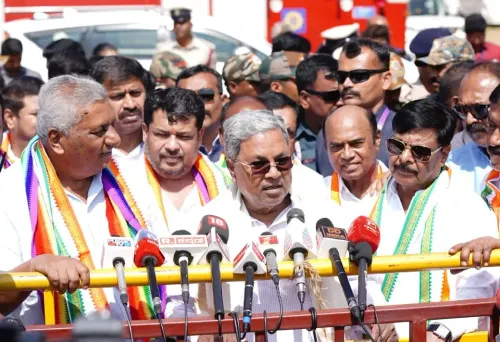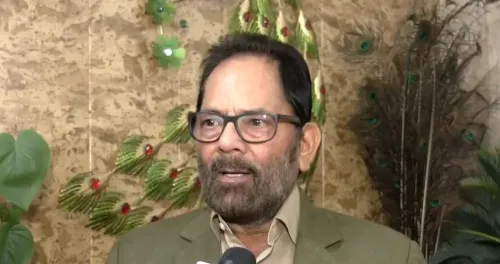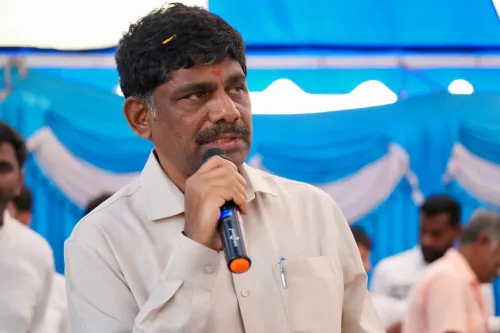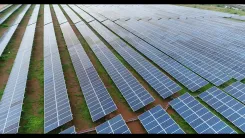How Does Gujarat Contribute Over 10.42 Lakh Metric Tonnes to India’s Blue Economy?
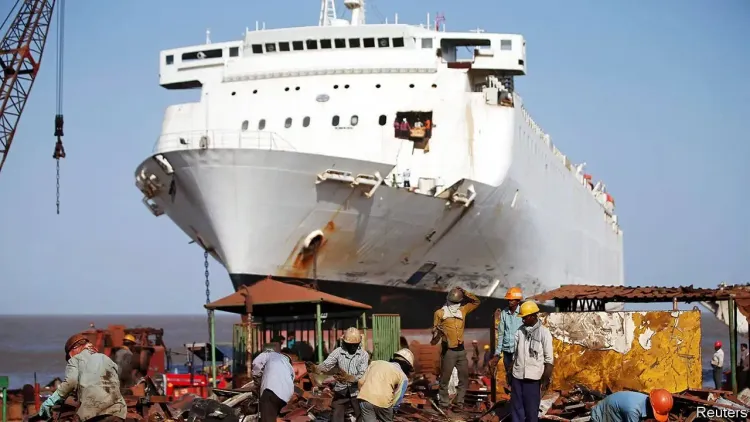
Synopsis
Key Takeaways
- Gujarat leads India in blue economy contributions.
- Strong policy support enhances fisheries production.
- Average annual fish production exceeds 9.30 lakh MT.
- Collaboration between state and central government is crucial.
- International exports boost the state's economy.
Ahmedabad, Nov 20 (NationPress) As the globe observes World Fisheries Day on November 21, Gujarat, boasting India’s longest coastline, emerges as a leading force in the nation’s blue economy. With abundant marine resources and strong policy endorsements, the state has established itself as a frontrunner in fisheries production.
Currently, Gujarat holds the second position in India for marine fish production and ranks sixth overall in fish output.
Official estimates indicate that the state achieved over 10.42 lakh metric tonnes of total fish production in 2024-25, comprising 7.64 lakh MT from marine sources and 2.78 lakh MT from inland fisheries. For 2025-26, it is anticipated that Gujarat will surpass 11 lakh MT, showcasing its growing capabilities and the enhancement of its aquatic ecosystems.
Over the past four years, the average annual fish production in the state has consistently exceeded 9.30 lakh MT.
Gujarat’s fisheries sector serves as not only a domestic cornerstone but also a significant exporter. Frozen shrimp, ribbonfish, cuttlefish, and squid from the state are highly sought after in markets such as China, Europe, the US, and Japan, substantially increasing foreign exchange earnings and turning the coastline into an economic growth hub.
State Fisheries Minister Jitu Vaghani attributes the success of Gujarat’s “Blue Revolution” to collaborative efforts between the Centre and the state government. He emphasized that the administration is committed not only to boosting production but also to enhancing the social and economic conditions of fishing communities. This transformation began during Narendra Modi’s tenure as Chief Minister, when he advocated for coastal development and recognized the blue economy's untapped potential.
Today, under the leadership of Chief Minister Bhupendra Patel, Gujarat has intensified support for the sector through initiatives like VAT cuts on diesel, subsidies on kerosene and petrol, land grants for shrimp farming, improved road and electricity systems, and upgraded harbor facilities for small fishermen.
Moreover, four new fishing harbors are being constructed at Madhwad, Nava Bandar, Veraval-2, and Sutrapada.
At the national level, the Pradhan Mantri Matsya Sampada Yojana has further propelled modernization, traceability, and sustainable fisheries management. Since 2020-21, projects worth Rs 897.54 crore have been approved for Gujarat, with an additional Rs 50 crore allocated for 2025-26.

